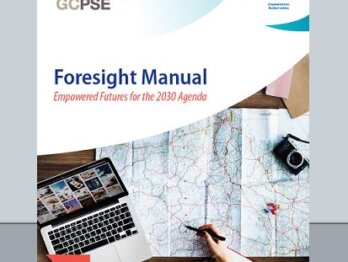How can I sustain anticipatory innovation in the long run?

There are two considerations needed to ensure anticipatory innovation is sustained: one involves seeing through the anticipatory innovation process to implementation; and the other is continuing the anticipation to ensure emerging future developments are constantly taken into consideration.
The task of seeing the anticipatory innovation process through to implementation requires forethought and planning to ensure that the organisational capacity and resources are there to understand and value the results of strategic foresight, and be ready to include them in innovation and strategic planning processes over a given time period. It is important to determine in advance what the purpose and expected value of the process will be; see the question “how can I incorporate anticipation into strategic planning and action?” for more information. Generally, processes of exploration and strategic foresight should take up less than half of the time and resources available to an anticipatory innovation process, in order to leave enough for implementation.
Continuing anticipation to ensure emerging future developments are constantly taken into consideration is part of the embeddedness of anticipation within an organisation. It is important to identify the key decisions and milestones within a policy process where anticipatory innovation would be most relevant and impactful. Embeddedness is enhanced when outputs coincide with moments of important decisions, such as the expiry of a previous strategy or the preparation of an election campaign. In practice, this means designing ongoing and ad hoc anticipatory processes that involve active engagement with anticipatory innovation at appropriate times in the decision-making process.




